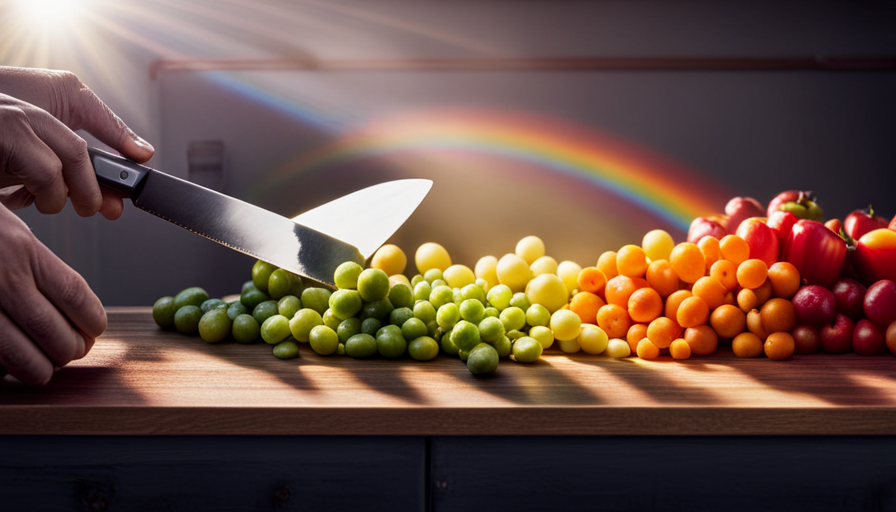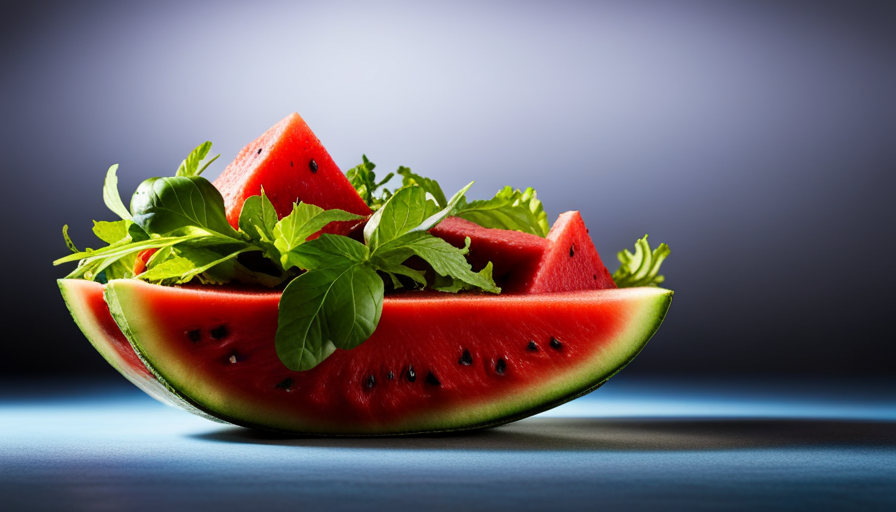In the realm of coffee, acidity can be an issue for some individuals. Fortunately, there is a sophisticated answer: low acid coffee. This specialized beverage caters to those with sensitive stomachs who want to avoid the discomfort linked to heartburn, acid reflux, and tooth enamel erosion.
With acidity measured on the pH scale, low acid coffee presents a harmonious balance, usually around 5. Dark roasts, renowned for their rich flavors, often boast lower acidity than their lighter counterparts.
There are two distinct categories of low acid coffee: treated and inadvertent. While treated varieties undergo a meticulous process to reduce acidity, inadvertent low acid coffee occurs naturally. Regions such as Sumatra, South America, Guatemala, Mexico, and Nicaragua are known for producing coffee with naturally low acidity.
Alongside esteemed brands such as Lifeboost Coffee and Volcanica, several methods exist to diminish the acidity of regular coffee, including opting for dark roasts and cold brewing. Additionally, additives like milk, salt, and even eggshells can contribute to acidity reduction.
When it comes to low acid coffee, discerning consumers have a multitude of high-quality choices at their disposal.
Key Takeaways
- Low acid coffee is a good option for those with sensitivities to coffee acids.
- Choosing low acid coffee can help alleviate issues such as heartburn, acid reflux, and tooth decay.
- Dark roasts often have less acid than lighter roasts.
- Coffee from regions like Sumatra, South America, Guatemala, Mexico, and Nicaragua tend to be low in acid.
What is it?
Low acid coffee refers to coffee that has a reduced acidity level, making it a suitable option for individuals with sensitivities to coffee acids, as it can help alleviate issues such as heartburn, acid reflux, and tooth decay.
The health benefits of low acid coffee are numerous. Acidity in coffee can lead to gastrointestinal problems, but low acid coffee can minimize these effects. Additionally, low acid coffee is less likely to cause tooth enamel erosion and can promote oral health.
The impact of acidity on coffee flavor is also significant. High acid coffee tends to have a bright, tangy taste, while low acid coffee is smoother and less bitter. It allows for a more delicate and nuanced flavor profile, highlighting the unique characteristics of the coffee beans.
Overall, low acid coffee provides a healthier and more enjoyable coffee-drinking experience.
Benefits of Low Acid Coffee
One advantage of choosing coffee with reduced acidity is its potential to alleviate symptoms such as heartburn, acid reflux, and tooth decay. Low acid coffee offers several health benefits that make it a favorable option for individuals with sensitivities to coffee acids.
Here are three key benefits of low acid coffee:
-
Reduced digestive discomfort: Low acid coffee can help minimize digestive issues such as heartburn and acid reflux. By choosing a coffee with lower acidity levels, individuals can enjoy their cup of coffee without experiencing discomfort or irritation.
-
Tooth-friendly: Acidity in coffee can contribute to tooth decay and enamel erosion. Opting for low acid coffee can help protect dental health and reduce the risk of oral issues associated with high acid levels.
-
Healthier alternative: For individuals who enjoy the taste and aroma of coffee but are sensitive to its acidity, low acid coffee provides a suitable alternative. It allows them to savor their favorite beverage without compromising their well-being.
While low acid coffee is a beneficial option for those with sensitivities, there are alternatives to consider, such as cold brew coffee, coffee additives like milk or eggshells, and choosing darker roasts that have lower acidity levels.
Types of Low Acid Coffee
There are two distinct categories of coffee with reduced acidity: treated low acid coffee and inadvertent low acid coffee.
Treated low acid coffee refers to coffee that has undergone a specific process to reduce acidity. This can involve various methods such as steam treatment, water processing, or chemical treatment. The advantage of treated low acid coffee is that it can provide a consistent and controlled level of acidity.
On the other hand, inadvertent low acid coffee naturally has lower acidity due to factors such as the coffee bean variety, growing conditions, and roasting process. This type of low acid coffee may offer more complex and nuanced flavor profiles compared to treated low acid coffee. However, the acidity level may vary from batch to batch.
It is important to note that the impact of coffee acidity on taste and flavor profiles can be subjective and may vary depending on individual preferences.
Top Picks for Low Acid Coffee
Lifeboost Coffee Organic Medium Roast stands out as a shining star in the realm of reduced acidity coffee, providing a soothing and gentle experience for those seeking a harmonious cup of joe. Its low acid content makes it suitable for individuals with sensitivities to coffee acids.
Here are four reasons why Lifeboost Coffee Organic Medium Roast is a top pick for low acid coffee:
-
Superior Brewing Methods: Lifeboost Coffee is carefully hand-selected and meticulously roasted to create a balanced and smooth flavor profile. This attention to detail ensures a high-quality brew that is both enjoyable and low in acidity.
-
Health Benefits: In addition to its reduced acidity, Lifeboost Coffee Organic Medium Roast is also certified organic and pesticide-free. This means that it is free from harmful chemicals and provides a healthier option for coffee lovers.
-
Rich Flavor: Despite its lower acidity, Lifeboost Coffee Organic Medium Roast does not compromise on flavor. It offers a rich and robust taste with notes of caramel and nuts, providing a delightful and satisfying coffee experience.
-
Sustainable Sourcing: Lifeboost Coffee is sourced from small, sustainable farms in Nicaragua. This ensures that the coffee is ethically produced and supports local communities.
Overall, Lifeboost Coffee Organic Medium Roast is a top choice for those seeking a low acid coffee that delivers on taste, health benefits, and sustainability.
Tips for Choosing Low Acid Coffee
When selecting a coffee with lower acidity levels, it is important to consider factors such as the origin, roast level, and processing methods. Coffee from regions like Sumatra, South America, Guatemala, Mexico, and Nicaragua tend to be naturally low in acid.
Additionally, dark roasts generally have less acidity compared to lighter roasts. It is also worth noting that there are two types of low acid coffee: treated and inadvertent. Treated low acid coffee undergoes a special processing method to reduce acidity, while inadvertent low acid coffee is naturally low in acid.
In terms of potential side effects, acidity in coffee can lead to heartburn, acid reflux, and tooth decay. Therefore, choosing low acid coffee can help alleviate these issues. Alternative brewing methods like cold brewing can also reduce the acidity of normal coffee. Furthermore, additives such as milk, salt, and eggshells can help reduce acidity.
It is essential to keep these factors in mind when selecting a low acid coffee option to best suit individual preferences and mitigate any potential side effects.
Frequently Asked Questions
How does low acid coffee affect the taste compared to regular coffee?
Low acid coffee can have an impact on the taste compared to regular coffee due to its lower acidity levels. The reduced acidity can result in a smoother and less bitter flavor profile.
Low acid coffee often exhibits a mellow and balanced taste, with a potential for floral, fruity, or nutty notes. However, it is important to note that the specific flavor characteristics can vary depending on the brand and type of low acid coffee chosen.
Can low acid coffee still provide a caffeine boost?
Low acid coffee can still provide a caffeine boost, although the caffeine content may vary depending on the specific brand and brewing method.
While low acid coffee is generally less stimulating than regular coffee due to its lower acidity, it still contains caffeine, which is a natural stimulant.
It is important to note that individual tolerance to caffeine may vary, and some people may still experience the stimulating effects of caffeine even with low acid coffee.
Are there any potential side effects of drinking low acid coffee?
Potential risks and health concerns associated with drinking low acid coffee include:
- Decreased tooth enamel due to the acidity reduction process.
- Potential digestive issues for those with sensitive stomachs.
- A decrease in the natural antioxidants and health benefits found in regular coffee.
While low acid coffee can be beneficial for individuals with acid sensitivities, it is important to consider these potential drawbacks and consult with a healthcare professional if any concerns arise.
Can low acid coffee be enjoyed by people who don’t have sensitivities to coffee acids?
Low acid coffee can be enjoyed by people who prefer milder flavors and can also be beneficial for digestion.
While low acid coffee is often sought after by individuals with sensitivities to coffee acids, it can also be a suitable choice for those who simply prefer a less acidic taste.
Additionally, low acid coffee may be easier on the digestive system, as acidity in coffee can potentially lead to issues such as heartburn and acid reflux.
Therefore, individuals who do not have sensitivities to coffee acids can still find enjoyment and potential benefits from consuming low acid coffee.
Are there any specific brewing methods that work best with low acid coffee?
Best brewing techniques for low acid coffee depend on personal preference and desired flavor profiles. Cold brewing is a popular method as it reduces acidity while enhancing smoothness. Additionally, using a French press or a pour-over method can also produce a low acid cup of coffee. These methods allow for more control over the brewing process, resulting in a balanced and less acidic brew. Experimenting with different brewing techniques can help individuals find the best method to suit their taste preferences.
Which Low Acid Coffee Brands Should I Look for in Starbucks?
When searching for low acid coffee brands at Starbucks, be sure to check out Starbucks History Coffee Guide. This comprehensive guide offers a variety of options that cater to those looking for a smoother coffee drinking experience. Whether it’s a blonde roast or a special blend, Starbucks has something for every coffee lover.
Conclusion
In conclusion, low acid coffee brands offer a beneficial alternative for individuals with sensitive stomachs. The benefits of low acid coffee include reduced risk of heartburn, acid reflux, and tooth decay.
There are two types of low acid coffee: treated and inadvertent, with various regions known for producing naturally low acid coffee.
Top picks for low acid coffee include brands like Lifeboost Coffee and Volcanica.
When choosing low acid coffee, it is important to consider factors like roast level and brewing method.
With a discerning approach, individuals can find high-quality options that suit their needs.










